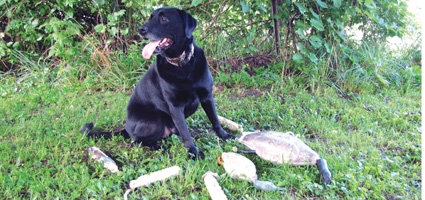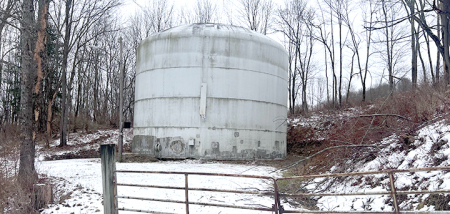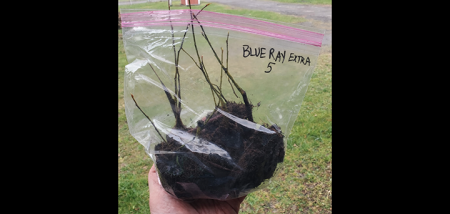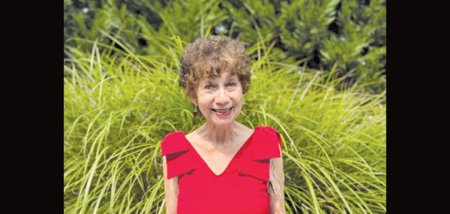Advanced Training Techniques For Your Working Dog
Published:
August 1st, 2013
By:
Josh Sheldon

A couple weeks ago, I wrote about the beginning stages of training your dog to retrieve water fowl. This week I will focus on the advanced handling techniques, which will help you finish your working dogs routine.
Dogs don't train at the same rate, so the techniques taught in the first column should be completed first before moving on to the more advanced training. Of the three retrievers I have owned, the first was cross-eyed and therefore unable to take a mark properly. I realized rather quickly that he would never be able to work properly. He was only put through the obedience portion of bird dog training, but was taught all the useless house tricks like shaking with both paws, to speak, balancing treats on his nose until told to get them, to roll over, play hide and seek and many others to keep him busy. I was surprised how many commands he was able to remember. Although useless in the field, he was a friendly and mild -mannered house dog.
My second lab was my current dog’s mother. She was the polar opposite from my first – Bob Barker – and was stubborn as a mule. She had the attitude of an alpha dog, which made training quite difficult. She was a chocolate lab named Cocoa, which was later changed to Cocoa Loco because of her crazy nature. I learned food rewards were her weakness. She took almost two years to train, but in the end became quite a good working dog.
On to Chester, my current dog. I was lucky to be able to pick him for the desired traits needed. Of his litter mates, he displayed all the characteristics needed to become a great working dog. He was always the first to greet you in the morning, which displayed a need for human bonding. He was calm and nice to the other pups, which is a much desired trait in bird dogs. Finally, when introduced to toys, he almost never lost interest, and displayed a great prey drive. He quickly showed signs of being a puppy prodigy, which made it easy to decide he was my choice.
Once the first stages of training have been mastered, it's on to blind retrieves. By this point, your dog should rarely, if ever, need a leash. It should also respond immediately to all commands, verbal and visual.
To teach a dog to make blind retrieves also requires several stages of training to achieve. I start with a simple retrieve, and send the dog to the dummy bird. When he reaches the halfway point, I blow the whistle once, which he recognizes as the sit command. I repeat the process until he stops on a dime. I then add the stay command raising my hand over my head in the stop position. This will condition the dog to watch your hand and wait to be released with the back command. After a bit of work, the dog will watch your hand and wait as long as you choose to be sent back to the dummy. After mastering this stage, it’s on to the next.
Time to play ball. Not literally, though. On a yearly basis, many dogs choke to death on balls, and this is why bumpers are recommended for retrieving. Your next routine is most easily explained by using a baseball format. This is the point where things can become pretty tricky and confusing for your dog.
I place the dog on the pitcher’s mound. I then give the stay command and walk away from him a few feet. I throw one bumper to his left, followed by one to the right, and finish with one over his head and behind him. Continue this routine until the dog sits and stays through all three throws. If he breaks at any point, return him to the mound and pick up all bumpers thrown. When he finally gets the point, give the back command. Being familiar with this command, he should ignore the other bumpers and retrieve the long ball. When he repeatedly performs this task it's on to the next.
Start with the same routine, but you now add the over command. This is done by using your hands to point the dog in the direction in which you wish it to go. This typically takes several attempts to get the dog to understand what is wanted. Most of the time, they will head for the long ball first. If so, start over and continue until it gets the point. When the dog catches your drift, mix it up and have it bring back each bumper, but in different patterns.
On to the final stage. Place the dog at your side in the heel position and give the stay command. Throw the bumpers to first, second, and third base. Give the back command, then blow the whistle once when it reaches the pitcher’s mound. This should be familiar to the dog, and it should stop and look at your hand for direction. If not, repeat until it does. Direct the dog to the bumper you wish to be retrieved. You may, once mastered, throw additional bumpers to create a complete circle. At the completion of this routine, you will have finished your dog’s training.
You should now be ready for the dog’s first hunt. Remember to regularly run the dog through these routines. Practice and reinforcement will keep your dog fresh and ready for the next hunt. Praise is the most important tool in dog training. If you expect your dog to learn, you must first learn to reward its successes. Keep in mind, training may be work for you, but must be play for your dog! Good wishes and praise that puppy.
River Report
Due to rain and the water levels rising I decided conditions could be unsafe to take a river trip. I will report on conditions immediately after my first float trip of the season – Josh
Questions or comments about this article may be emailed to Sheldon at jsheldones@gmail.com.
Author: Josh Sheldon - More From This Author
Comments





